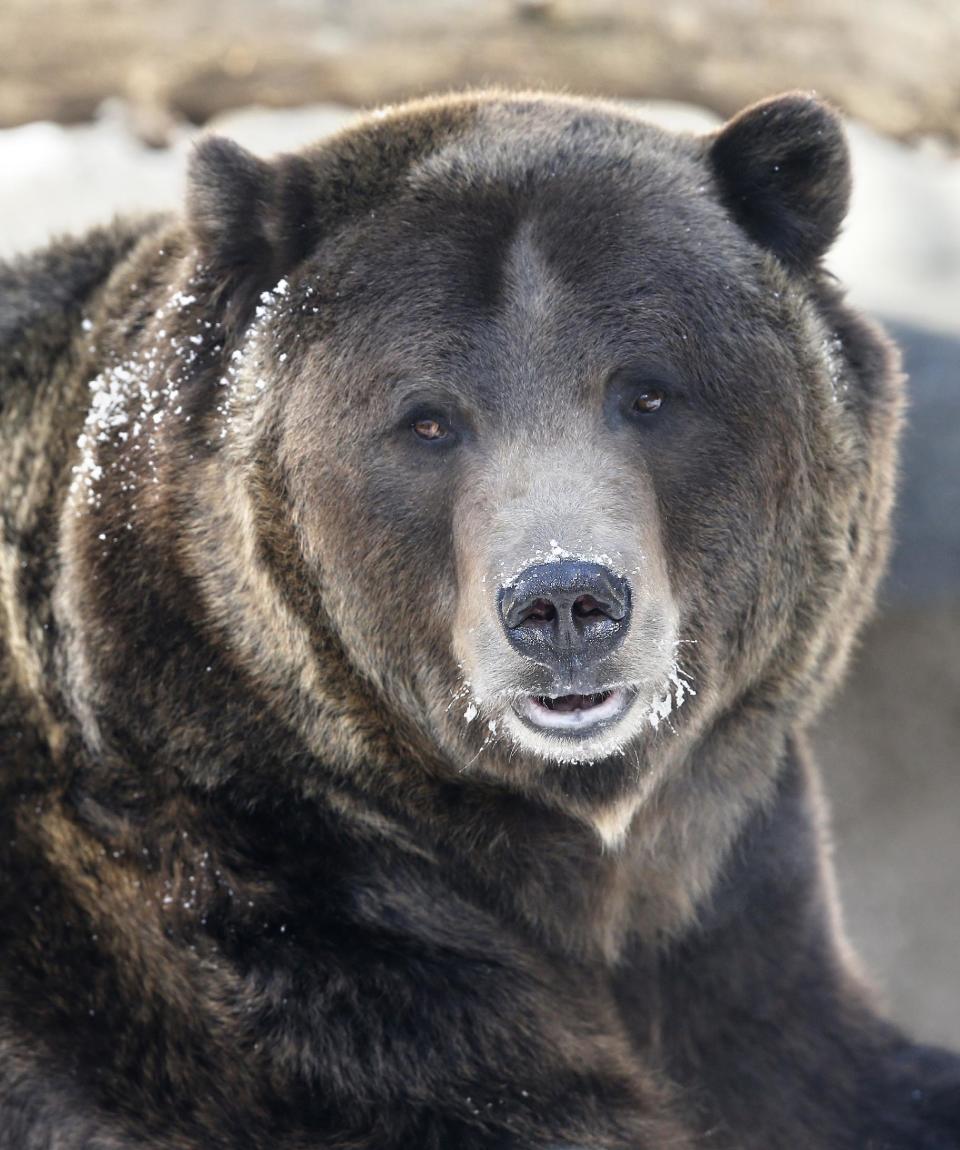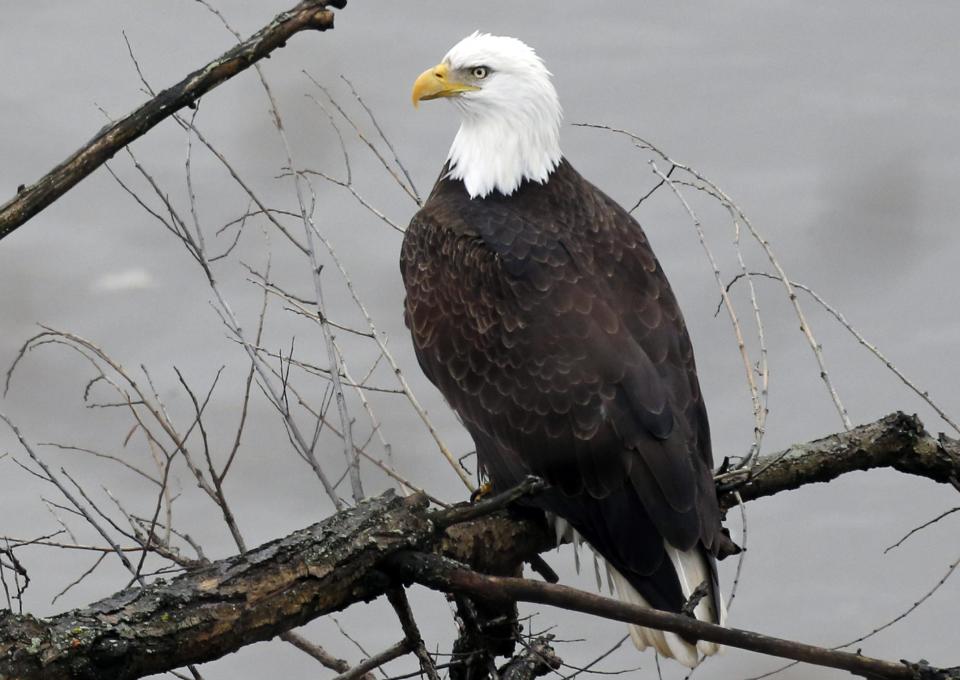Bears, eagles, seals: How endangered animals fare
BILLINGS, Mont. (AP) — The U.S. government has spent billions of dollars trying to save more than 1,500 animal and plant species listed as endangered or threatened.
A group of House Republicans say that's translated into just 2 percent of protected species taken off the list. They called Tuesday for an overhaul to the 1973 Endangered Species Act, giving states more authority over imperiled species and limiting litigation from wildlife advocates.
Environmentalists credit the act with saving species from extinction and say that hundreds more are on the path to recovery. The Endangered Species Act enjoys fervent support among many environmentalists, whose Democratic allies on Capitol Hill have thwarted past proposals for change.
Here's a look at five species and how they've fared since being added to the list:
1. GRIZZLY BEAR
Grizzlies were listed as threatened in the Lower 48 states in 1975 after being nearly wiped out over their historical range. But the bruins have been coming back, particularly in and around Yellowstone National Park, where they number more than 700. They're doing so well, the U.S. Fish and Wildlife Service is considering removing federal protections for the Yellowstone grizzlies in Wyoming, Montana and Idaho. But some scientists warn against it, saying climate change has devastated the whitebark pine trees that provide a key food source for the bears. Another 1,000 grizzlies live outside of the Yellowstone area, while 30,000 of the bears in Alaska have never been listed as threatened.
2. GRAY WOLF
More than 6,000 gray wolves roam the Lower 48 states after they were wiped out in the Northern Rockies and only a small population was left in the Great Lakes by the mid-1990s. The federal government spent more than $100 million on wolf recovery, and the Fish and Wildlife Service has proposed removing the predator from the endangered list across the United States, except for a small population of wolves in the Southwest. Yet despite the rebound, environmentalists point out the drop in wolf numbers in the Northern Rockies after Congress lifted federal protections there in 2011. Since then, wolf population numbers have declined 7 percent because of new hunting and trapping seasons in Montana, Idaho and Wyoming.
3. SPOTTED OWL
The northern spotted owl was listed as threatened in 1990 because of loss of old growth forest habitat to logging. Lawsuits led to establishment of millions of acres of reserves on national forests to protect not just the owl's habitat, but that of threatened salmon and a host of other species. Despite the logging cutbacks, the owl has continued to decline by about 3 percent a year. Scientists have now identified the top threat to its survival as the invasion of the barred owl, a more aggressive and adaptable cousin that migrated across Canada from the East Coast and is driving spotted owls out of their territories. Last year, U.S. Fish and Wildlife Service began an experiment to remove up to 3,600 invasive barred owls from Oregon, Washington and Northern California to see if that will provide enough save havens to reverse the decline.
4. BALD EAGLE
The official symbol of the United States nearly became extinct through hunting and the widespread use of the pesticide DDT. In 1963, there were just 417 of the birds documented in the nation. More than $574 million was spent on the eagle's recovery through 2007, the year its numbers reached about 10,000 mating pairs in the Lower 48 states and it was taken off the list. It is still illegal to kill a bald eagle under a 1940 law passed by Congress. The Fish and Wildlife Service says the bald eagle is now known or believed to be in all Lower 48 states, along with Alaska, where it was never considered threatened.
5. CARIBBEAN MONK SEAL
In contrast with success stories like the bald eagle, some species protected through the act go extinct anyway. The Caribbean monk seal, which once swam the waters off Florida, Puerto Rico and the Virgin Islands, was taken off the endangered species list in 2008 due to extinction. The only subtropical seal native to the Caribbean Sea and the Gulf of Mexico once numbered more than 250,000, but overhunting left the population unstable. The last confirmed sighting was in 1952.
___
Associated Press Writers Jeff Barnard in Portland, Ore., and Dan Joling in Anchorage, Alaska contributed to this report.




